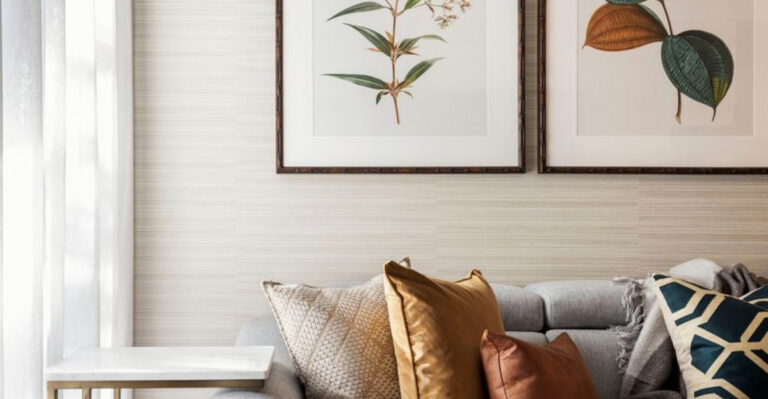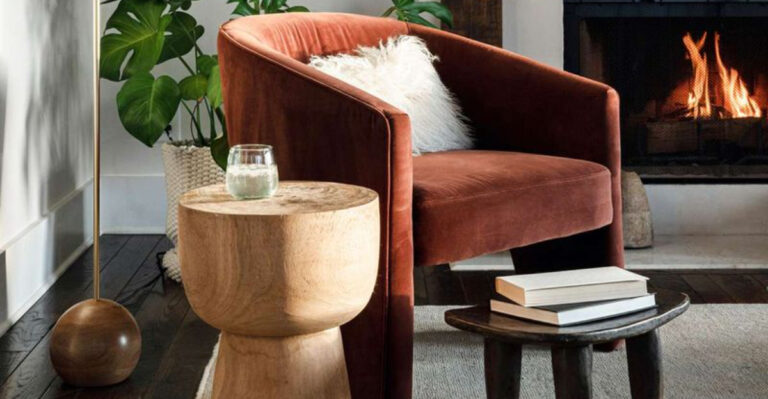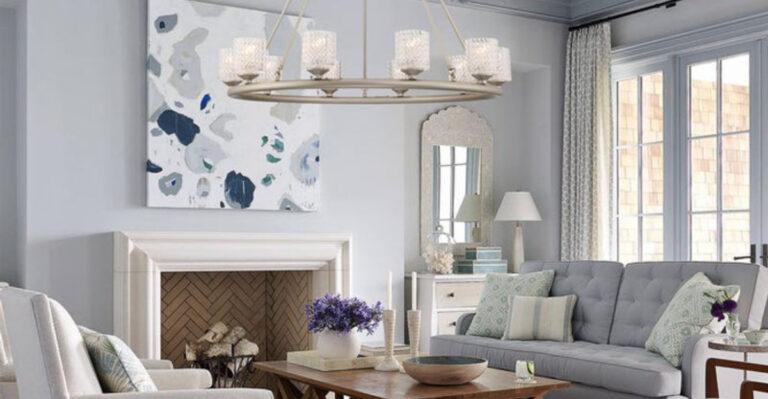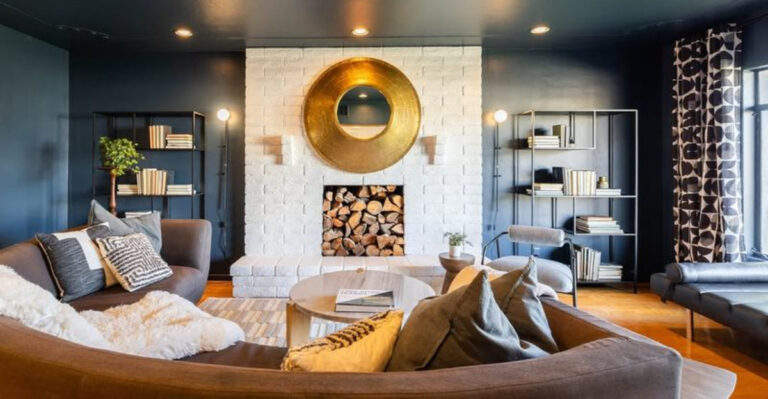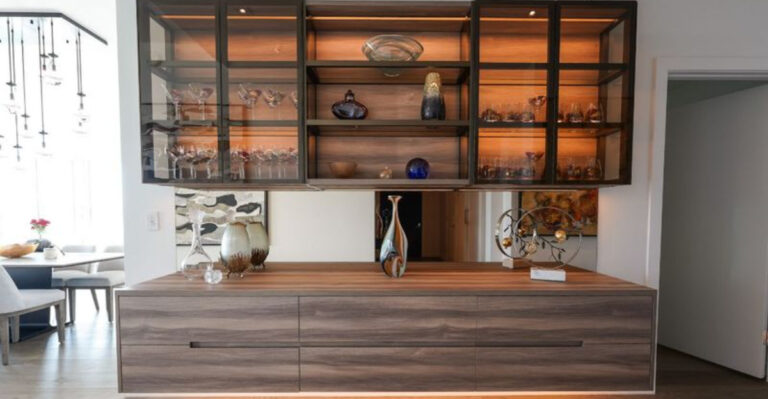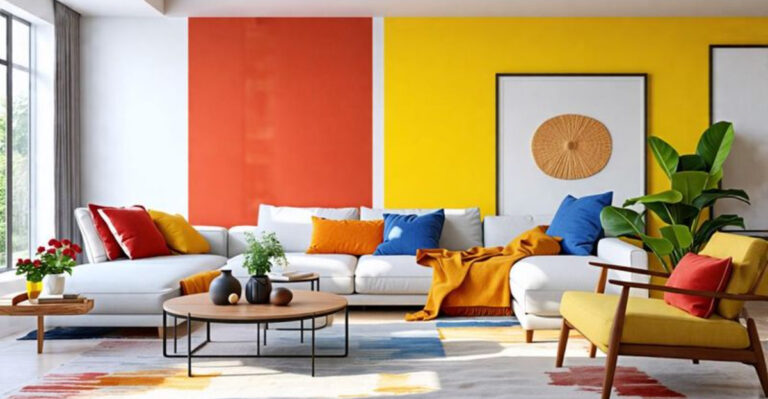30 Ways Your Living Room Lacks The “Wow” Factor (And How to Fix It)
Let’s be real, my living room used to look like a hotel lobby. Bland walls, no personality, and zero wow factor. I remember thinking, Is this a place I want to lounge in or just a room to avoid?
If you’re nodding along, I get it! The right colors, textures, and a little creative rearranging can totally transform your space.
Trust me, adding a bold rug, tossing in a few plants, and swapping out that sad old couch for something comfy can make a world of difference. It’s time to give your living room some much-needed personality and energy!
1. Dull color palette
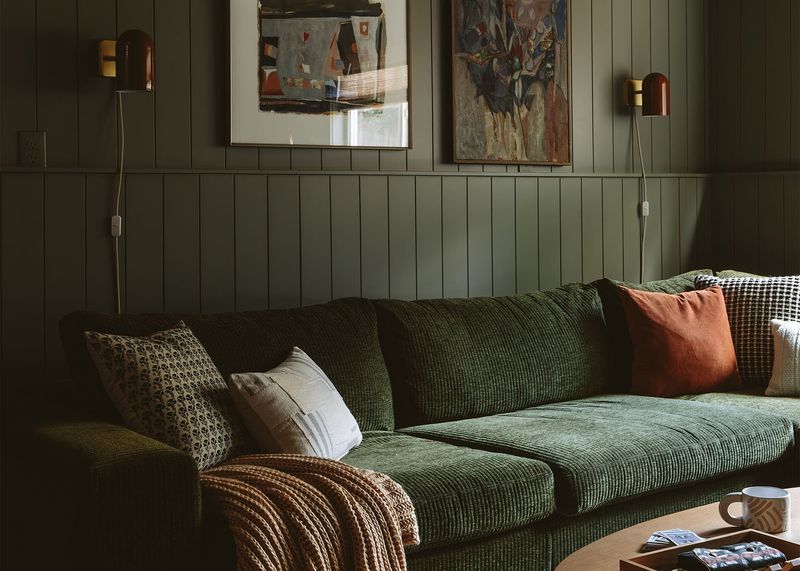
Ever walked into a room and felt instantly uninterested? It might be your color palette. Dull tones can sap the energy from a space, and that will make it feel uninspired.
Introducing fancy hues can breathe life back into your room. Consider accent walls or colorful accessories to add personality. Even a splash of color can change the atmosphere.
Experiment with different shades and see what resonates. Remember, color has the power to influence mood and perception. So, choose wisely and let your living room reflect your spirit.
2. Lack of focal point
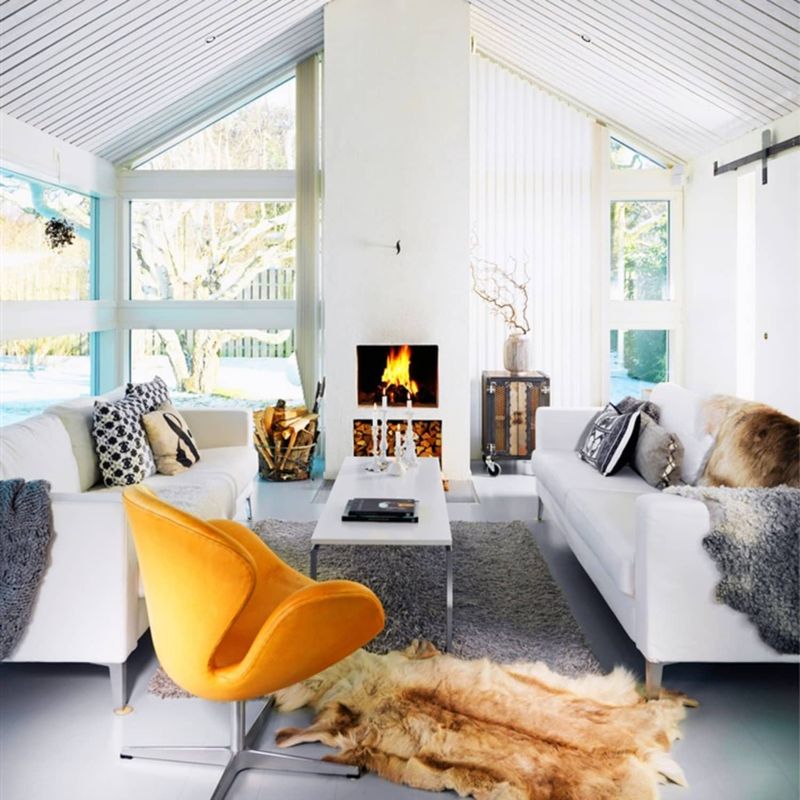
There’s something amiss when attention doesn’t naturally gravitate to a certain spot. Focal points, like a fireplace or artwork, draw guests’ eyes and anchor the room.
Without one, spaces can feel scattered and uninviting. Establish a feature that serves as the center of attraction. This could be a unique piece of furniture or a striking painting.
A well-chosen focal point can bring harmony to an otherwise disjointed room, which ensures everything else falls into place around it.
3. Overcrowded furniture
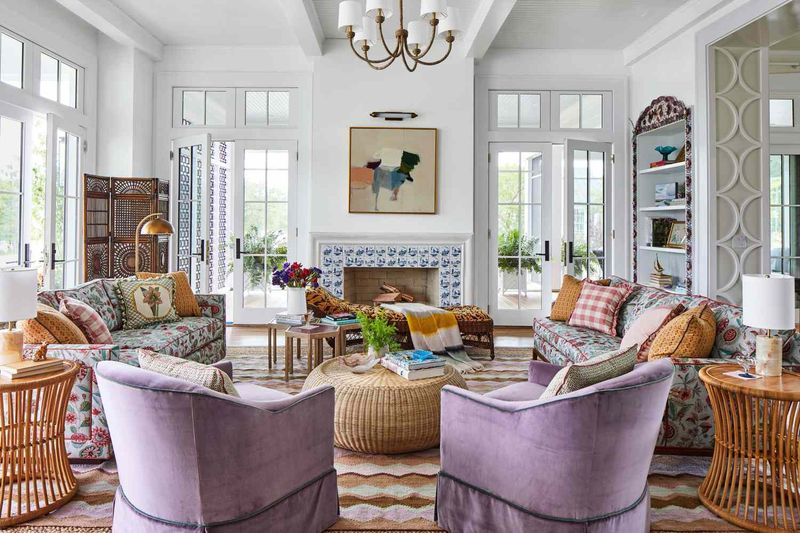
When navigating a room feels like an obstacle course, there’s a problem. Too much furniture can overwhelm a space which makes it feel small and cluttered.
Streamline by removing unnecessary pieces. Prioritize functionality and flow. Arrange remaining items to create open pathways and a sense of spaciousness.
Less can truly be more when it comes to furnishing. A clear and open space invites relaxation and interaction, making your living room a welcoming haven.
4. Poor lighting
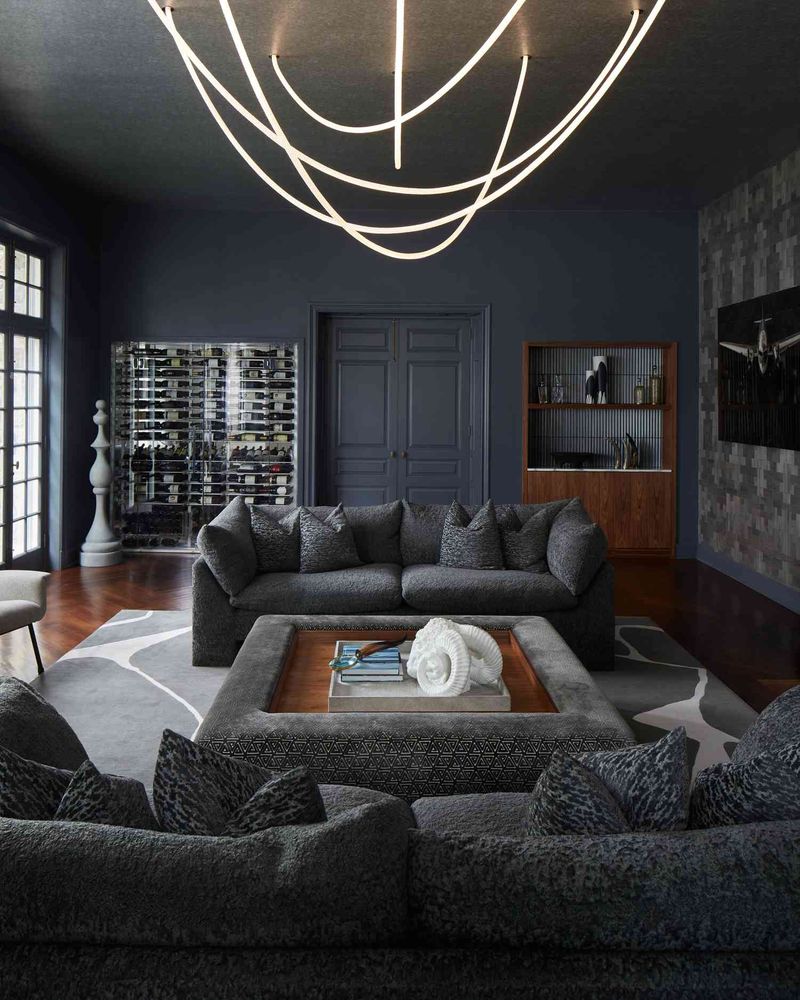
An uninviting atmosphere often lingers where light is scarce. Lighting plays a crucial role in setting the ambiance of a room. Insufficient lighting can make it feel gloomy and dull.
Incorporate layered lighting, like floor lamps and wall sconces, to brighten every corner. Pay attention to natural light too, and don’t block windows.
Proper lighting can highlight the room’s features and create a warm and inviting environment. The right light can transform the mood of your space entirely.
5. No statement artwork
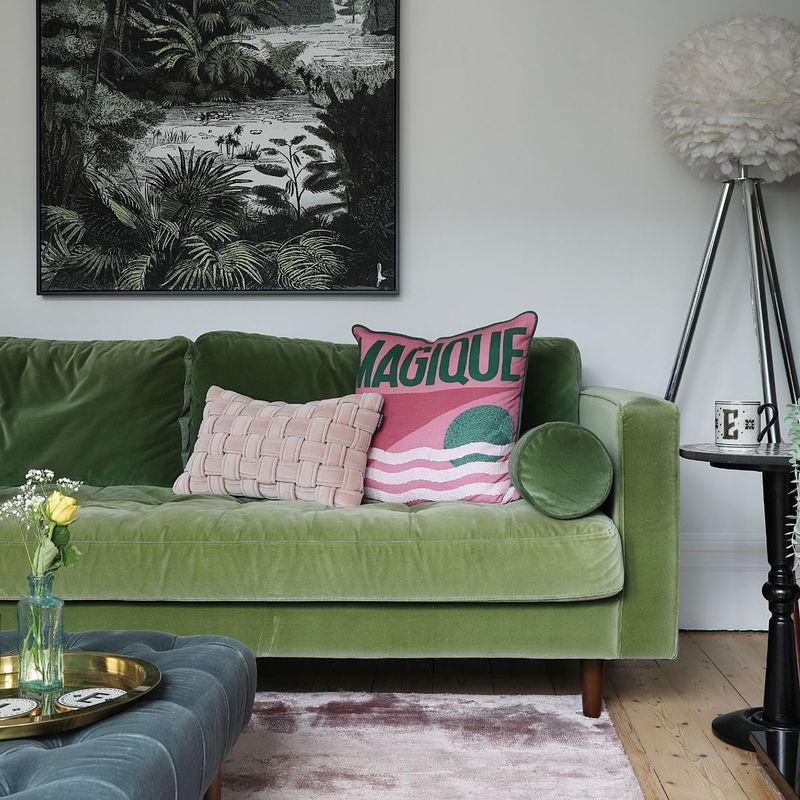
Walls that whisper instead of shout often lack art. Statement pieces can add character and intrigue to a room. Without them, your walls might feel unfinished and plain.
Choose artwork that resonates with your personality and complements your décor. Whether it’s a bold canvas or a unique sculpture, art can elevate your space.
Let your walls tell a story through artistic expressions. This not only enhances visual appeal but also sparks conversations among guests.
6. Cluttered surfaces
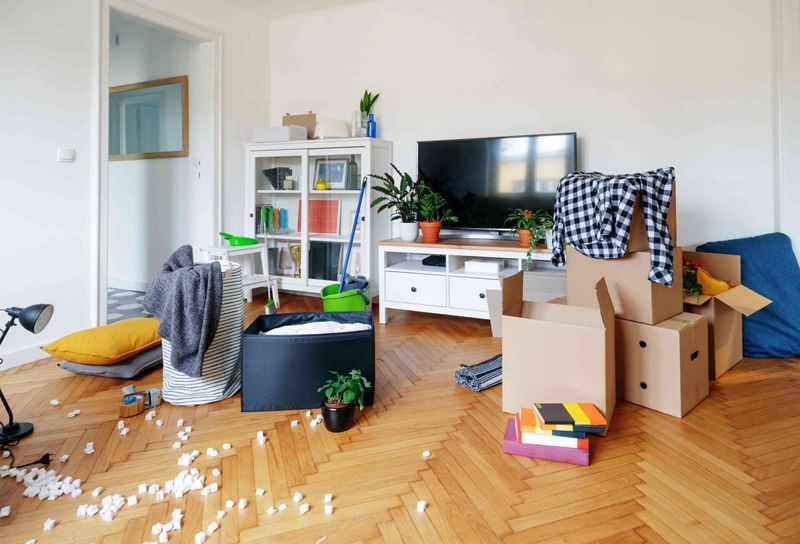
When surfaces become storage areas, the room loses its charm. Cluttered tables and shelves can overwhelm the eye and create a sense of disorder.
Regularly declutter to maintain a tidy appearance. Organize items in stylish containers or trays to keep things neat. Prioritize what belongs and remove what doesn’t.
A clutter-free environment enhances tranquility and focus, inviting a more relaxed and enjoyable living space. Keep surfaces clear and let your room breathe.
7. Outdated furniture
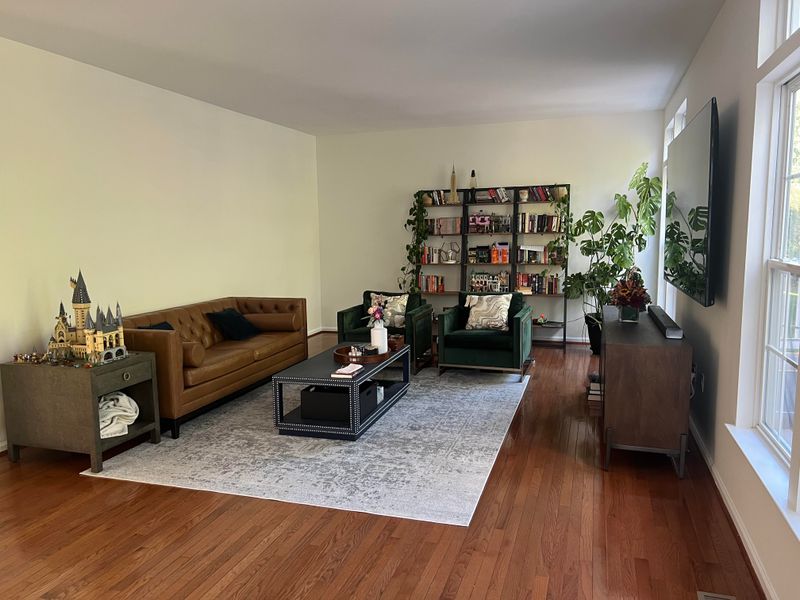
Ever felt stuck in a time warp? Outdated furniture can make a room feel like a relic from the past. Refreshing your pieces can modernize the space and inject new energy.
Consider updating a few key items or altering existing pieces with new fabrics or finishes. Even small changes can bring a sense of renewal.
Embrace the opportunity to blend old with new for a timeless appeal. Your living room should evolve with you, reflecting contemporary trends while maintaining comfort.
8. Inconsistent décor style

Does the room feel like a mixed bag of styles without a clear identity? Inconsistency in décor can leave a room feeling chaotic and unfocused.
Establish a theme or style that resonates with you and aim for cohesion. This doesn’t mean everything has to match perfectly, but elements should complement one another.
A unified décor style creates harmony and balance, making the room feel intentional and thoughtfully designed. Embrace the art of blending styles gracefully.
9. Neglected walls
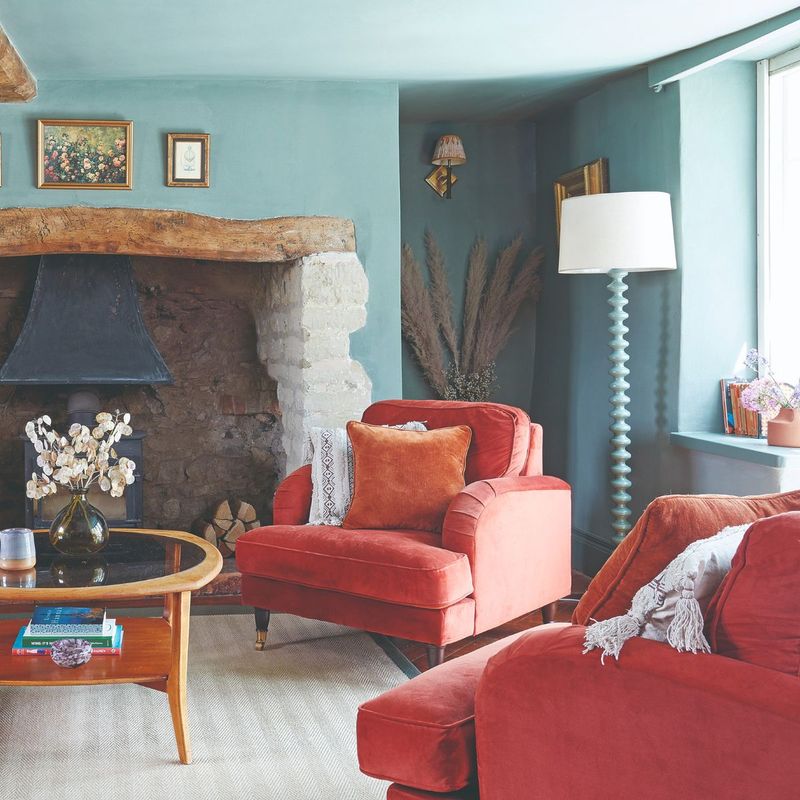
Walls that go unnoticed might be underutilized. Neglecting vertical spaces can lead to a lack of character and depth.
Dress them up with art, shelves, or wall treatments to add dimension. Consider textures like wallpaper or paneling for added interest. Your walls are canvases waiting for creativity.
By paying attention to these often-overlooked areas, you can transform your living room into a dynamic and engaging space. Let your walls speak volumes and add charm to your home.
10. No greenery or plants
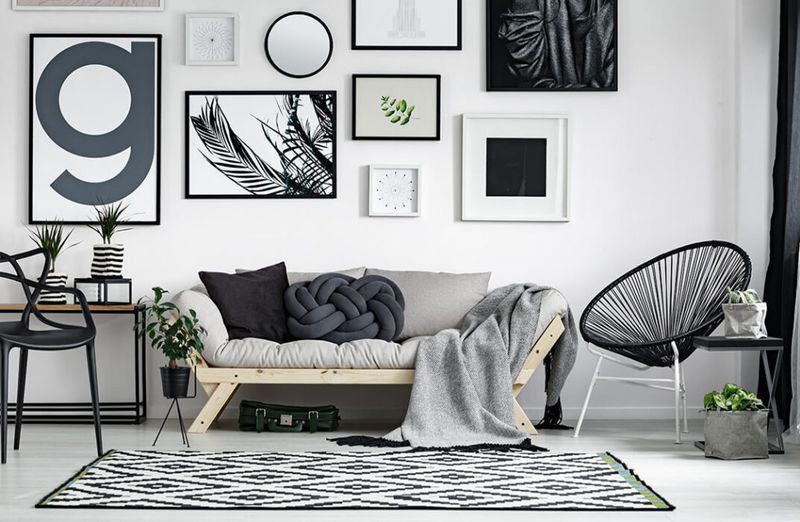
A space lacking life often feels incomplete. Plants introduce a touch of nature and can transform a sterile room into a lively oasis.
They purify the air and add a splash of color and texture. Consider incorporating a variety of plants to suit your space and lighting conditions.
Even just a few well-placed green friends can make a substantial difference in atmosphere. Greenery doesn’t just enhance aesthetics. It promotes well-being and a connection to nature.
11. Bare windows
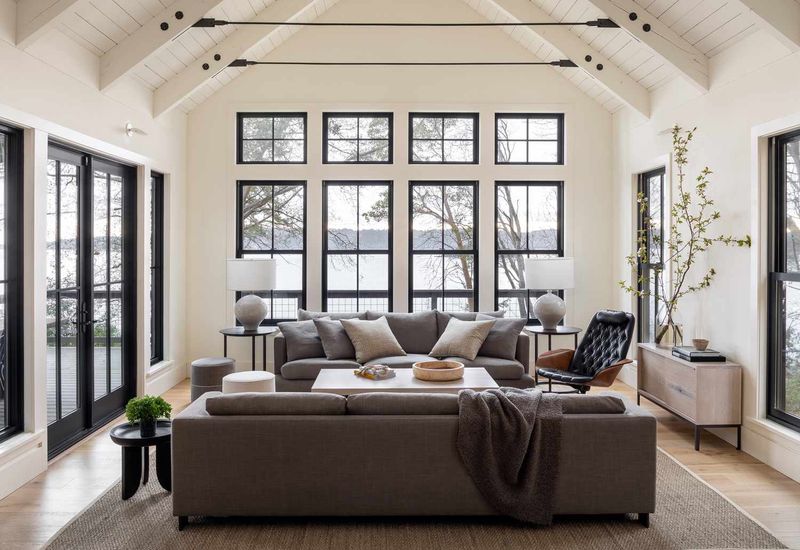
Windows that stand exposed often contribute to an unfinished look. Dressing them enhances privacy and adds style. Curtains or blinds can frame your view and tie the room together.
Choose materials and colors that complement your décor. Not only do window treatments add warmth, but they also offer control over light and temperature.
A thoughtfully dressed window can be a statement in itself, providing both function and flair to your living room.
12. Mismatched furniture

An eye for harmony is essential when selecting furniture. Mismatched pieces can create a disjointed and uneasy atmosphere.
Strive for cohesion in your choices by focusing on complementary colors and styles. Mixing and matching can be done tastefully with a bit of planning.
Aim for balance, allowing each piece to contribute to the overall aesthetic without overpowering the rest. A well-curated collection of furniture can make your living room a harmonious haven.
13. Lack of texture variety
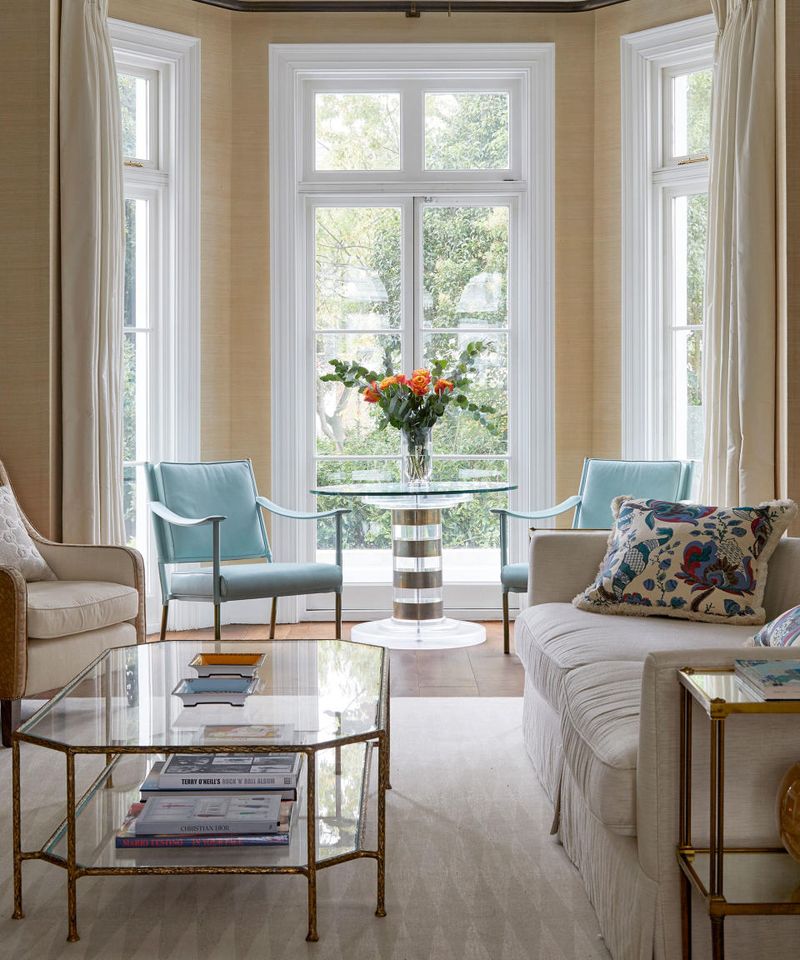
A room can feel flat when it lacks variety in texture. Introducing different materials and finishes can add depth and interest. Think about mixing fabrics like velvet, leather, and wool for contrast.
Layering textures can make the space more inviting and engaging. By diversifying tactile elements, you create a richer sensory experience for yourself and guests, enhancing the overall ambiance.
14. No bold accents
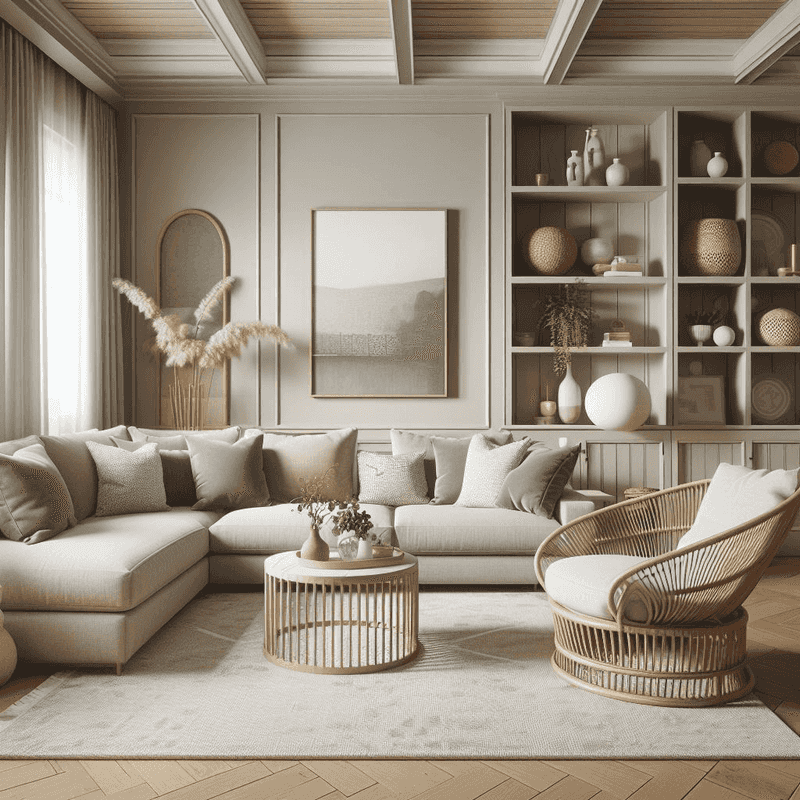
Subtlety can sometimes border on monotony. Without bold accents, a room might feel too safe and uninspired. Introducing statement pieces or fancy colors can inject energy and personality.
This could be through cushions, rugs, or unique decor items. Balance is key. With the right accents, your living room can transition from dull to dynamic, offering a fresh visual experience.
15. Uncomfortable seating
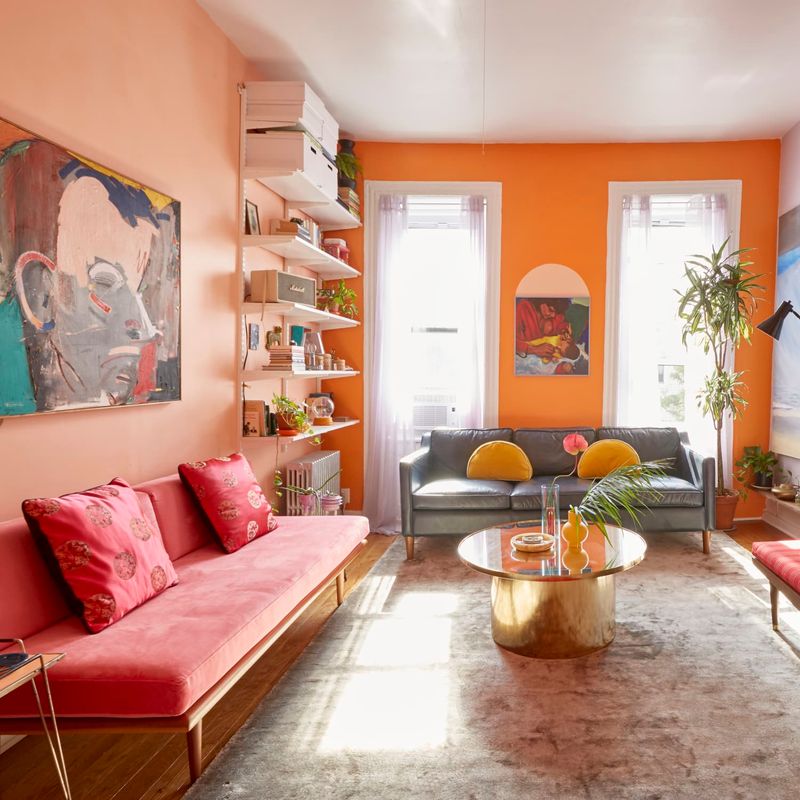
Ever found yourself fidgeting on your own couch? Comfort should never be compromised. Uncomfortable seating can deter relaxation and enjoyment.
Invest in furniture that not only looks good but feels good too. Test seating for softness and support before purchasing. A cozy chair or sofa invites you to unwind and enjoy the space.
By prioritizing comfort, your living room becomes a welcoming retreat where you and your guests can truly relax and linger.
16. Minimalist approach gone too far
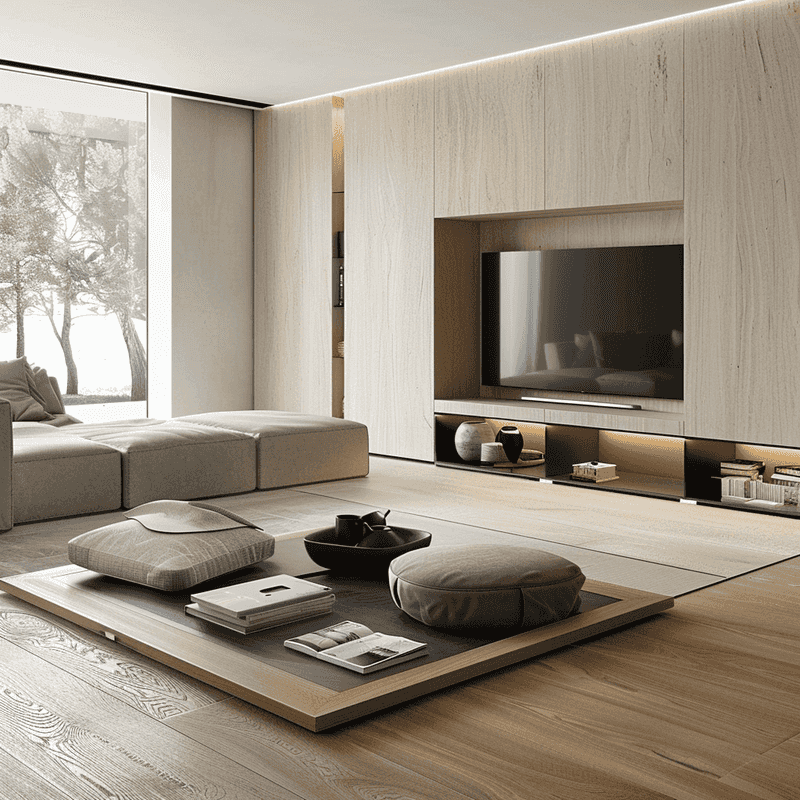
Simplicity can sometimes tip into sterility. A too-minimalist approach might strip away the warmth and personality from a room.
Introduce a few personal touches or textures to balance the sharpness. This doesn’t mean cluttering, but rather adding elements that make the space feel lived-in.
Consider art, plants, or a cozy throw. It’s about finding that sweet spot where simplicity meets comfort. Your living room should be a reflection of your style, not an empty showroom.
17. Empty corners
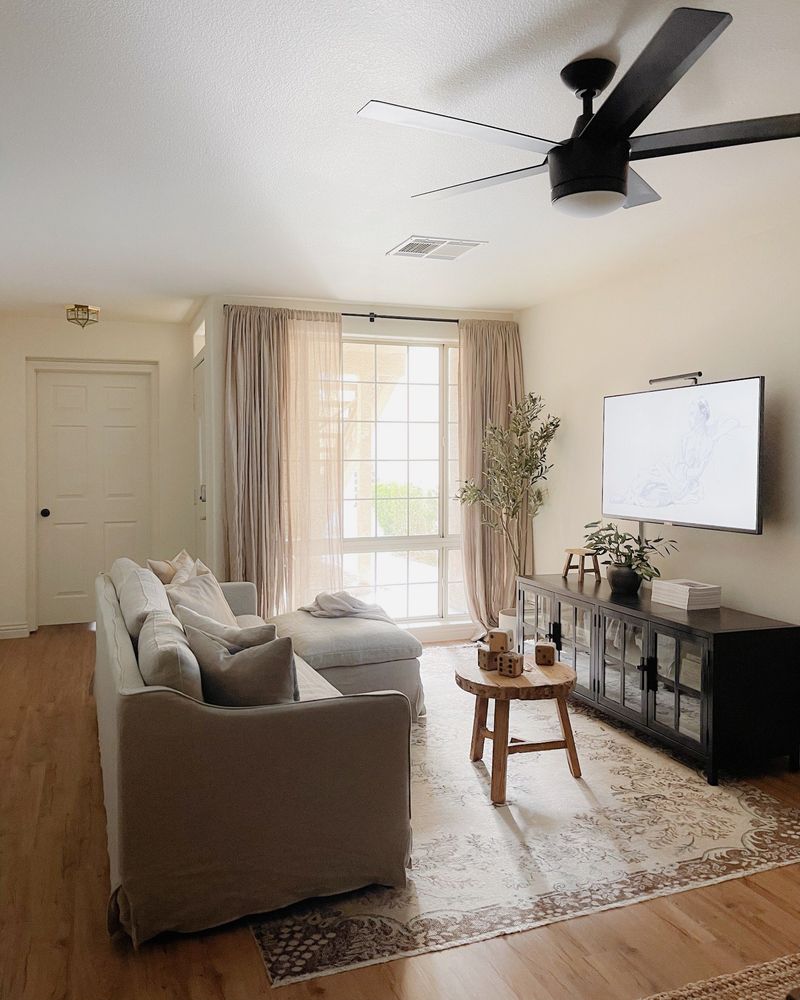
Corners can often be the forgotten spaces in a room. Leaving them empty can result in a wasted opportunity for creativity.
Utilize these areas with plants, lamps, or small furniture pieces to add interest. Even a cozy reading nook can bring life to an otherwise neglected spot.
Thoughtfully filled corners can contribute to the room’s overall harmony and balance. They provide an excellent opportunity to showcase creativity without overwhelming the space.
18. No focal lighting
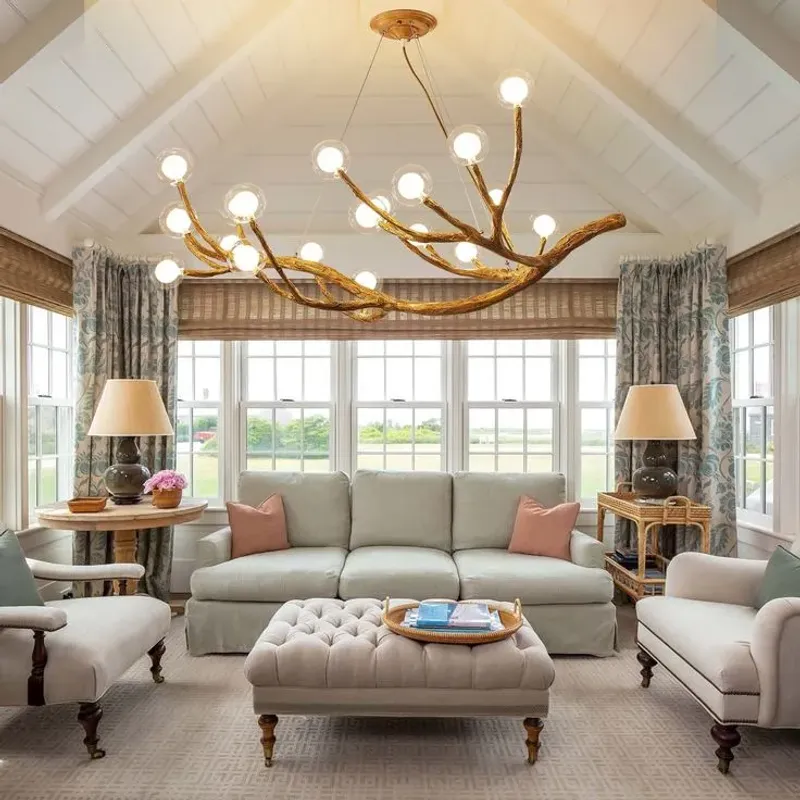
Lighting that fails to highlight specific areas might rob the room of depth and dimension. Focal lighting, such as pendant lights or spotlights, can draw attention to important features.
These fixtures can emphasize artwork or create zones within the room. By incorporating varied lighting sources, you can enhance the room’s mood and functionality.
It’s not just about brightness but about creating a dynamic and engaging environment that feels both inviting and versatile.
19. Poor room layout
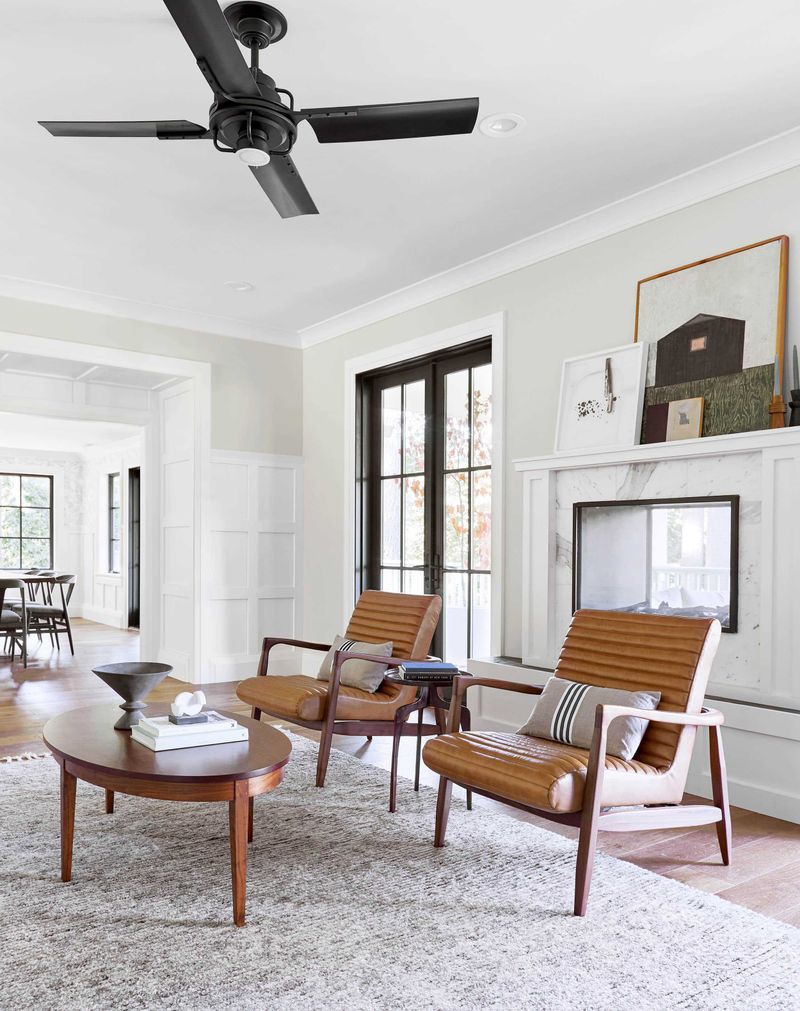
Spaces that feel awkward often suffer from a poor layout. An ineffective arrangement can hinder movement and interaction.
Consider repositioning furniture to enhance flow and connectivity. Align seating to encourage conversation and avoid blocking pathways. A well-thought-out layout can transform how the room functions and feels.
It’s about creating a space where everything has its place and purpose, allowing for seamless movement and interaction. Your living room should invite ease, not obstacles.
20. No area rugs
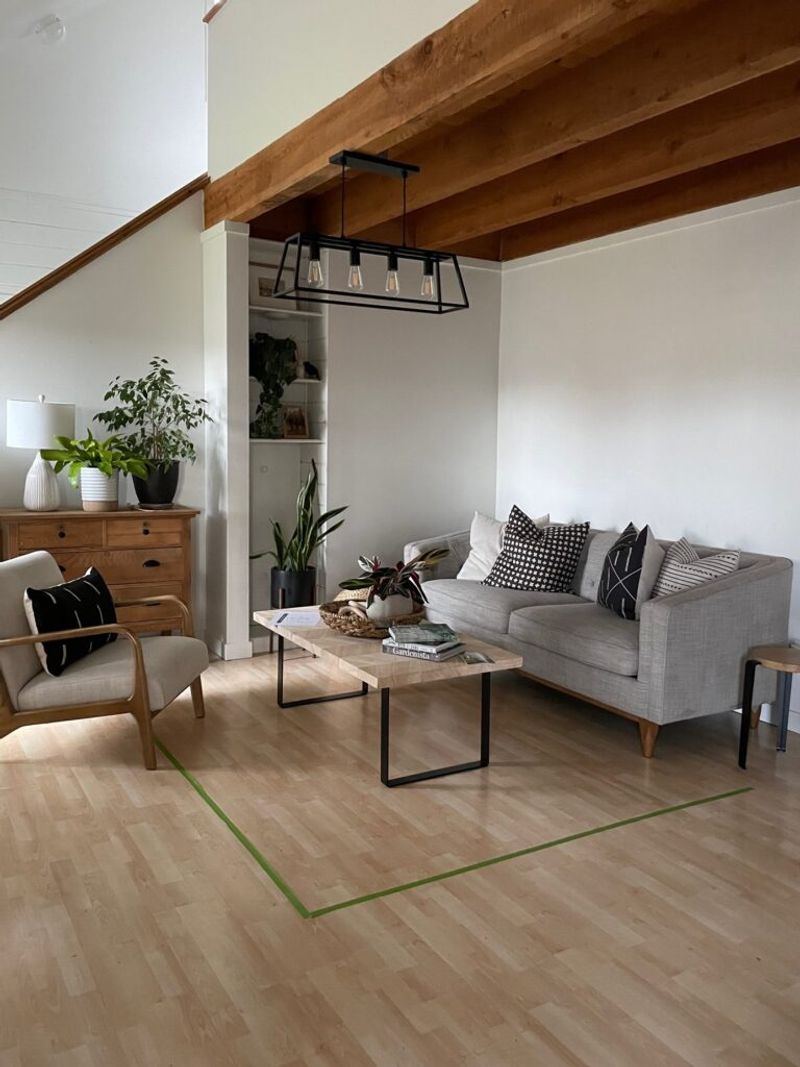
Bare floors might lead to an unanchored and chilly feel. Area rugs can define spaces and add warmth to a room.
They offer a tactile contrast to hard flooring and can introduce patterns or colors that elevate the décor. Choose a rug that complements the furniture layout and ties the room together.
Rugs also absorb sound, making the room quieter and more intimate. A well-placed rug can transform the overall vibe, adding comfort and cohesion to your living room.
21. Out-of-place accessories

Sometimes, it’s the little things that disrupt harmony. Accessories that seem out-of-place can jar the room’s aesthetic. Carefully curate decor items to ensure they align with your theme.
Consider color, style, and scale when selecting pieces. Cohesive accessories enhance the room’s appeal, while mismatched ones can detract from it.
By paying attention to these details, you can create a unified and elegant living space. Thoughtful selection makes a big difference in achieving harmony.
22. No personal touches
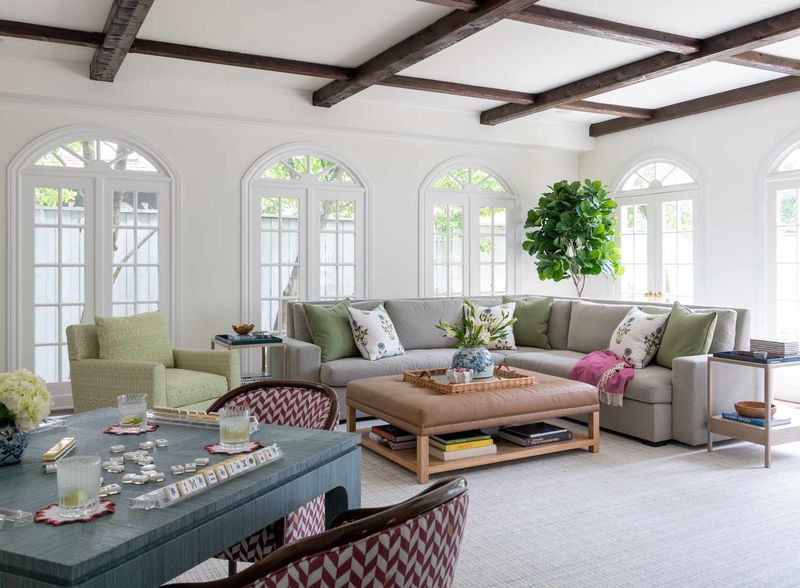
A room without personal touches might feel more like a showroom than a home. Personal items and unique decor infuse character and tell your story.
Display photographs, travel souvenirs, or heirlooms to add individuality. These elements make the space yours, creating a connection between you and your environment.
Personal touches don’t just add visual interest. They also foster a sense of belonging and warmth. Your living room should be a reflection of your life and experiences.
23. No symmetry

An unbalanced room might leave you feeling uneasy. Symmetry in design can create a sense of order and calm. Consider arranging furniture and decor in pairs or mirroring styles.
Symmetry doesn’t mean identical, but rather a pleasing balance. This approach can make the room feel more structured and harmonious.
By incorporating symmetry, you’ll find that the room feels more grounded and visually pleasing, offering a sense of stability and beauty.
24. Inadequate wall art
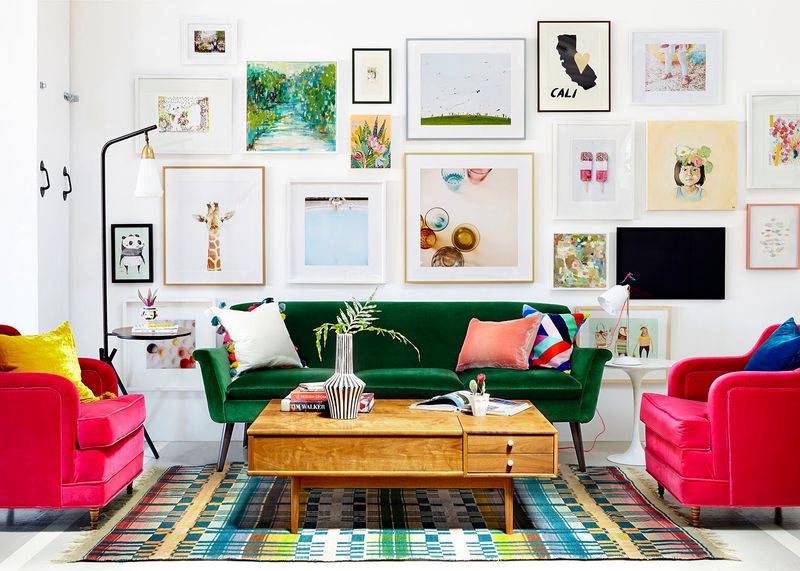
Walls that are sparsely decorated can feel bare and uninspired. Adequate wall art can enliven a room and add depth. Choose pieces that resonate with you and fit the scale of the space.
Consider creating a gallery wall for variety. Art doesn’t have to be expensive. It just needs to be thoughtfully chosen.
By filling your walls with meaningful decor, you can add personality and interest. Art can transform your living room into an engaging and dynamic environment.
25. Wrong scale of furniture
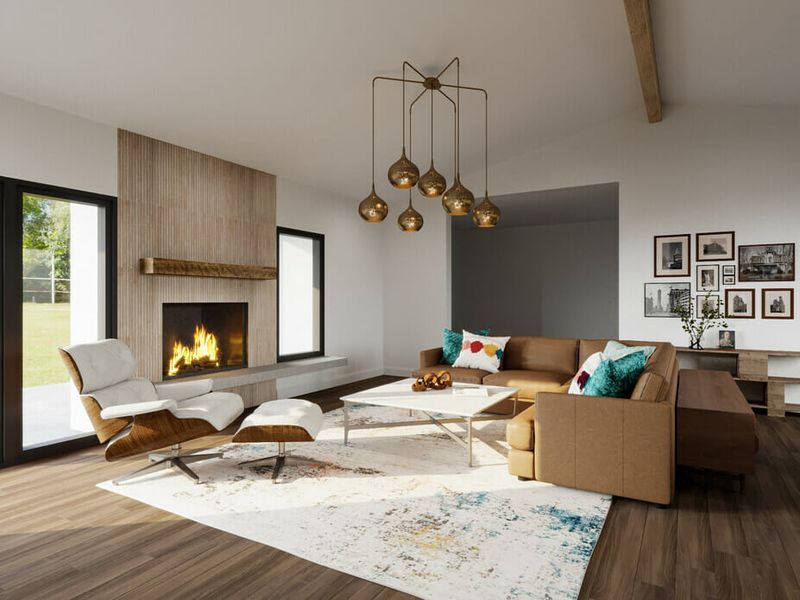
Have you ever felt dwarfed by your own sofa? Furniture that’s the wrong scale can disrupt the harmony of a room. Choose pieces that fit the room’s dimensions, avoiding extremes.
Properly scaled furniture enhances comfort and functionality. Measure your space and plan layouts to ensure everything fits just right.
When the scale is correct, the room feels balanced and welcoming. It’s about creating an environment that feels in sync with its surroundings, offering comfort and style.
26. Overuse of neutrals
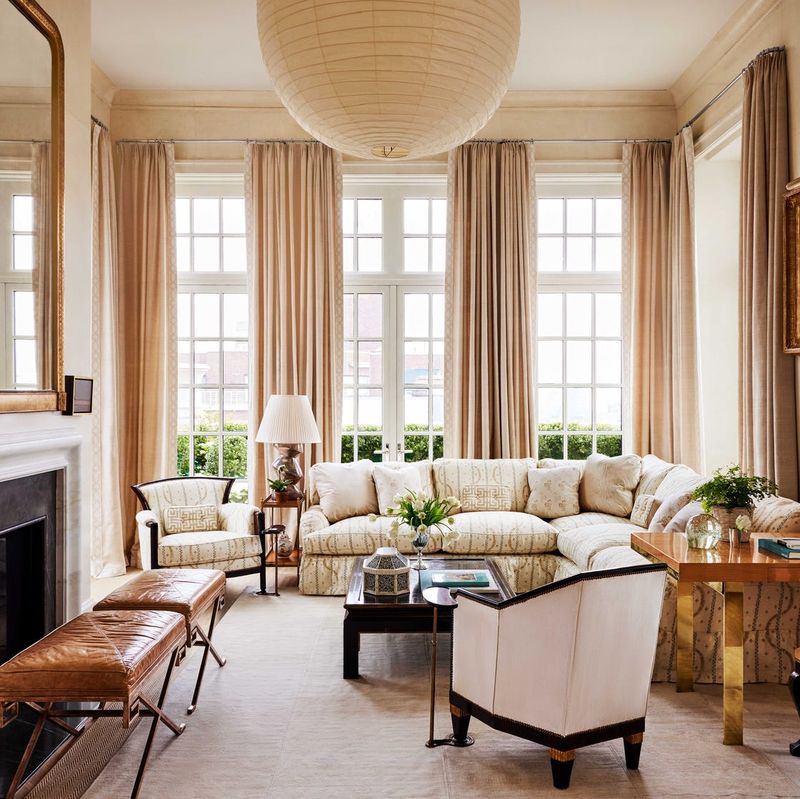
While neutrals provide a calm backdrop, too much can lead to monotony. An overuse of neutral tones might make the room feel bland and unexciting.
Break up the palette with pops of color or patterns through textiles and accessories. Even a single colorful element can invigorate a neutral space.
By balancing neutrals with lively accents, you can maintain elegance without sacrificing interest. The goal is a harmonious blend that feels timeless.
27. No storage solutions
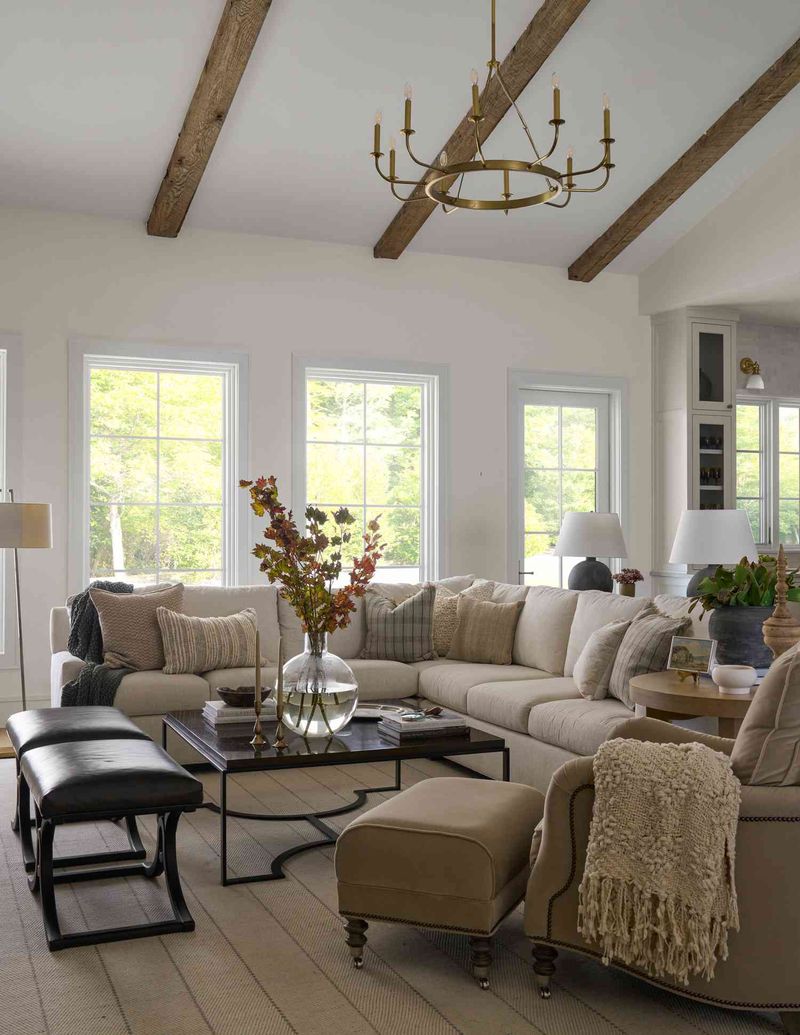
Disorganization often stems from insufficient storage. A lack of solutions can result in clutter overtaking your space. Implement cabinets, shelves, or multifunctional furniture to keep items organized and tidy.
Consider hidden storage for a clean appearance while maximizing functionality. Effective storage transforms chaos into order, creating an efficient living environment.
28. Cheap materials
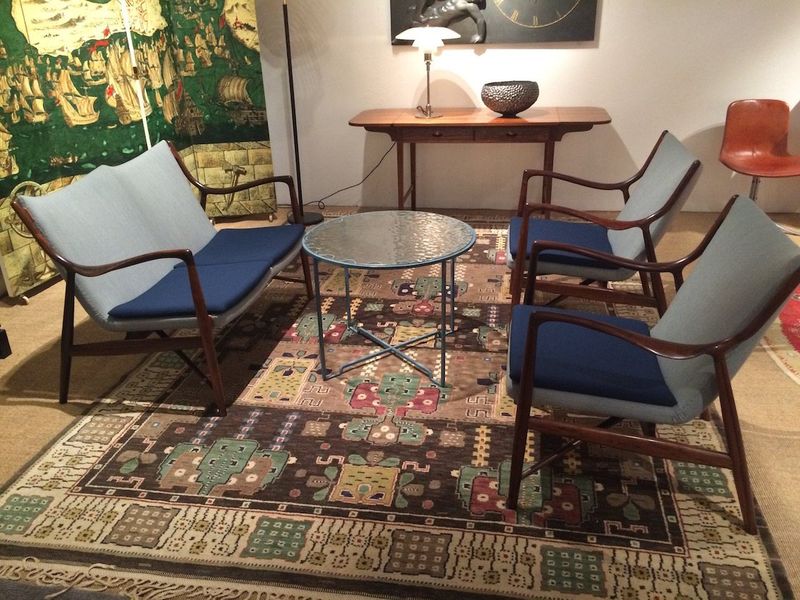
Quality matters when it comes to materials. Cheap options might save money initially but often lack durability and style.
Investing in quality materials ensures longevity and a polished look. Opt for pieces that offer both function and aesthetic appeal. Consider sustainability and craftsmanship when selecting items.
While quality may come at a higher cost, the long-term benefits of durability and timeless style outweigh initial savings. Your living room deserves materials that stand the test of time.
29. Unbalanced color distribution
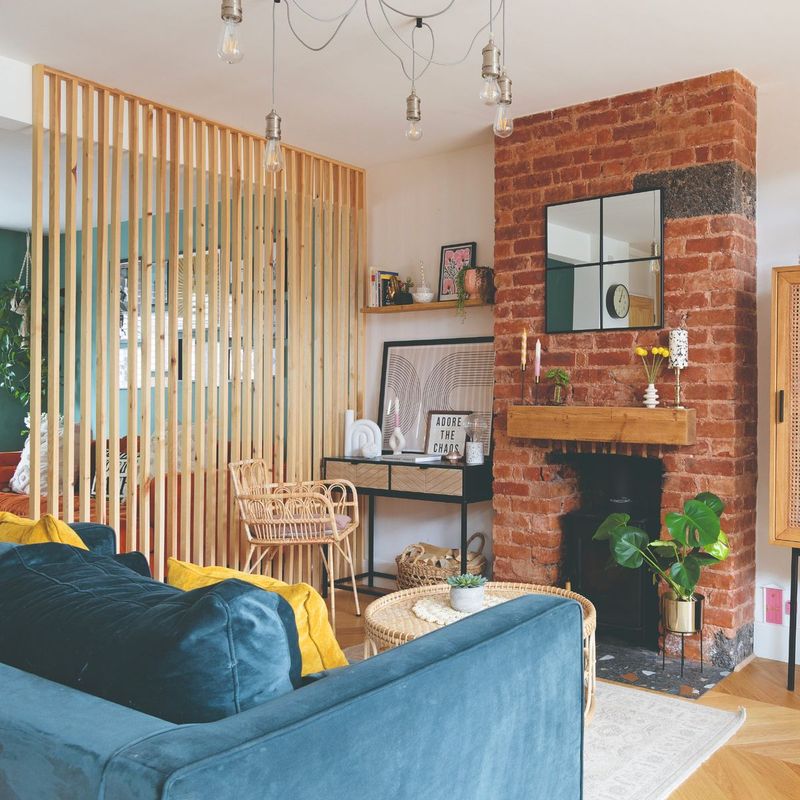
Colors that cluster in one area might unbalance a room. An even distribution ensures harmony and visual flow. Spread colors throughout the space to avoid a lopsided feel.
Consider how hues interact with natural light and surroundings. By balancing colors, you create a cohesive and inviting environment.
It’s about achieving equilibrium in aesthetic distribution, allowing each element to complement the other. A well-balanced color scheme enhances the room’s overall appeal and coherence.
30. Not enough cozy elements
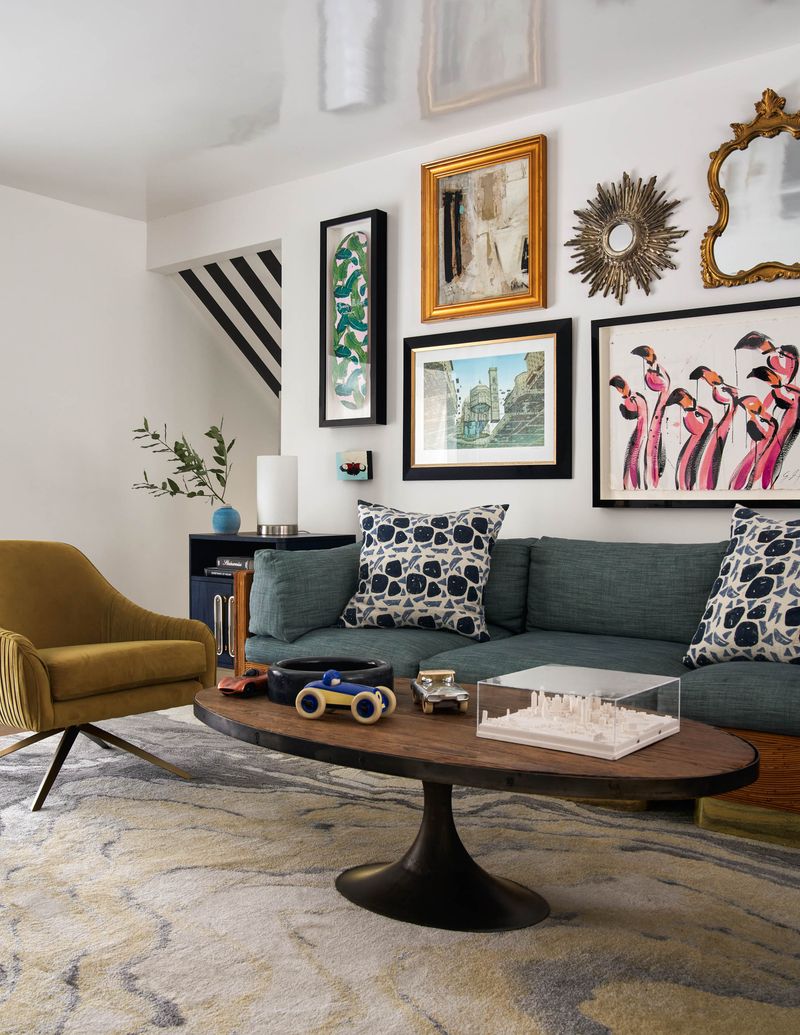
Cozy elements are the heart and soul of a living room. Without them, the space might feel cold and uninviting. Incorporate soft textures like cushions, throws, and rugs to add warmth.
These elements not only provide comfort but also create an inviting atmosphere. Focus on layering and mixing textures for depth. By adding cozy accents, you transform the room into a comfortable retreat.


